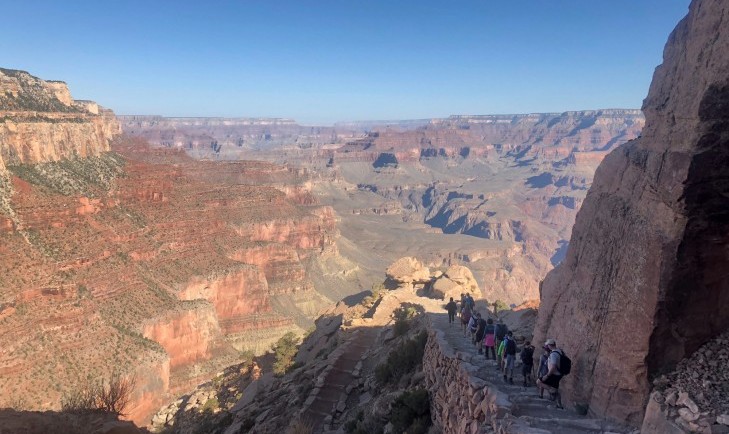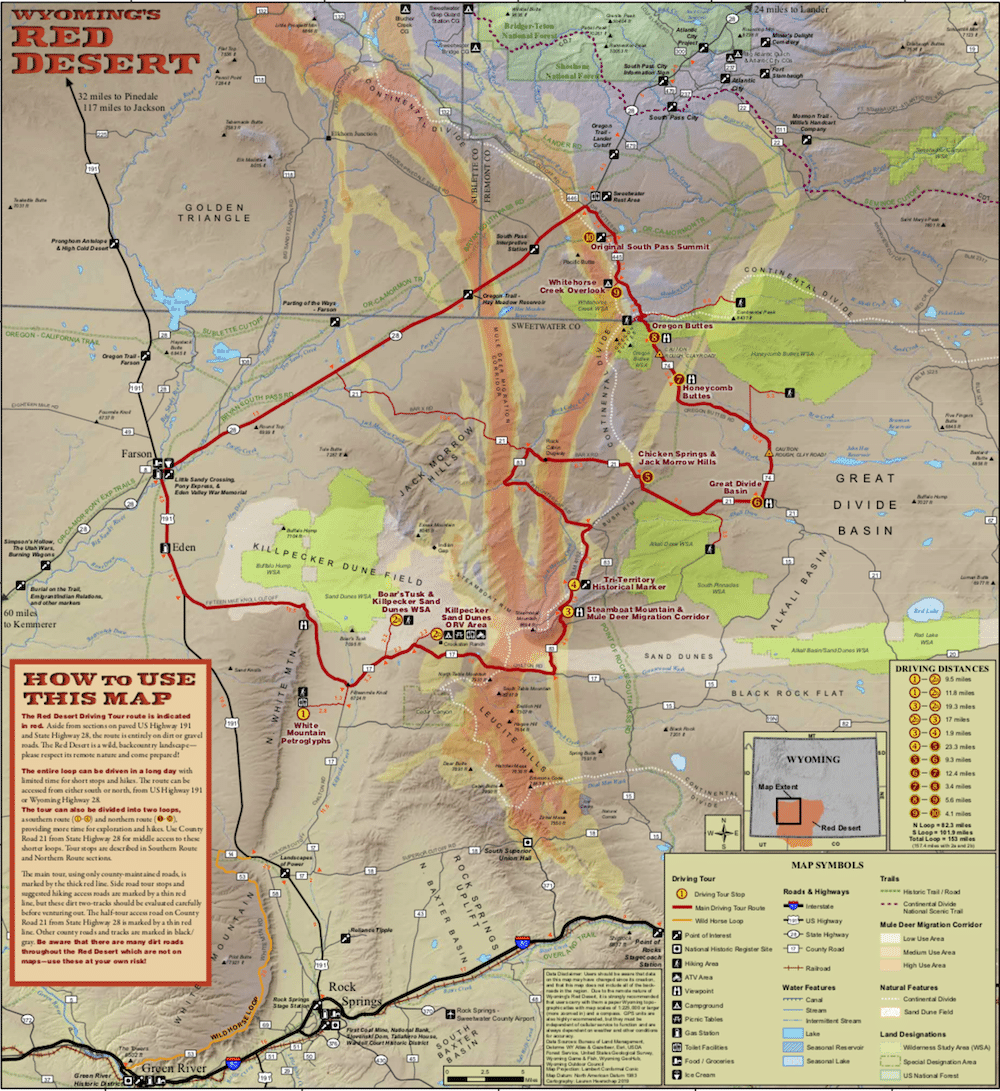
The Western Governors' Association keeps you updated on the news of the West. Here are the top stories for the week starting March 2, 2020. Photo: Grand Canyon National Park. Courtesy of the National Park Service.
In addition to saving lives, working to reduce wildfires in the West can have a profound effect on the region’s economy.
The U.S. Geological Survey recently reviewed data from several counties along the New Mexico-Colorado border, focusing on the efforts of a public-private forest restoration partnership called the Rio Grande Water Fund. As a result of an $855,000 investment, The Colorado Sun reports the partnership was able to generate 22 jobs, more than $1 million in labor income, and $1.9 million in benefits for the regional economy.
Despite the success of efforts like these, federal agencies are faced with diminishing funds, increasingly struggling to keep up with wildfire prevention. During a recent congressional hearing, U.S. Forest Service Chief Vicki Christiansen acknowledged that the agency will be forced to make “tough choices and trade-offs” in the coming years, according to AP News.
Proposed cutbacks include slashing funding in more than a dozen states for prescribed burns and thinning projects, which critics argue are vital strategies for preventing wildfires.
The available data supports these claims. A retrospective study of the 2014 Carlton Complex wildfire in north central Washington – one of the largest fires in state history – revealed that previous tree thinning and prescribed fire helped mitigate long-term damage to the region significantly.
"Our study suggests that the fuel treatments were worth the investment, yielding a more desirable post-fire outcome than if they hadn't been implemented," Susan Prichard, a research scientist at the UW School of Environmental and Forest Sciences, told Science Daily. "There are a lot of benefits to creating more resilient landscapes, and this study suggests that even in the worst-case scenario wildfires, it can be worth it."
Learn more about WGA’s policy work involving forest and rangeland management, which includes support for wildfire prevention through controlled burns.
Combatting Homelessness: Many municipalities attempt to fight homelessness with punitive measures, such as issuing tickets for panhandling or sleeping in public places. Spokane, Washington, is taking a more compassionate approach. Homeless Connect, a city initiative, provides those experiencing homelessness with food, clothing, showers and haircuts, according to Oregon Public Broadcasting. Other programs address the issue from a different angle, working to dismiss warrants and consolidate citations associated with living on the street. “It is an incredible expense on the community to have these warrants ultimately served,” says Spokane Municipal Court Judge Matthew Antush. “I think people have to start, frankly, caring about folks, their problems, and try to help them with it.”
Most Popular National Parks: With over 85 million acres of land spanning across all 50 states, the National Park Service (NPS) offers no shortage of options when it comes to picking a travel destination. A handful of locations, however, stand apart from the rest when it comes to popularity. Unsurprisingly, many of these fan favorites are in the West. According to CNN Travel, among the top ten are Grand Canyon National Park (AZ), Rocky Mountain National Park (CO), Zion National Park (UT), Yosemite National Park (CA), Yellowstone National Park (ID/MT/WY), Grand Teton National Park (WY), Olympic National Park (WA) and Glacier National Park (MT). In total, more than 327 million people visited at least one NPS site in 2019, representing a 2.9% increase from the year prior.
 The Red Desert: A new resource, aimed at “demystifying” Wyoming’s Red Desert, is being designed by the state’s Outdoor Council. Expected to go into print this month, the new map will highlight geologic formations and historic landmarks; warn visitors of shoddy cell phone reception and rough terrain; and delineate migration corridors and hiking trails. According to WyoFile, the remote location spans approximately 6 million acres, however, the Outdoor Council’s map will focus on a 3-million-acre section known as the northern Red Desert. This quadrant is home to many of the area’s notable attractions, including historic sites, Native American art, and 10 federally designated Wilderness Study Areas.
The Red Desert: A new resource, aimed at “demystifying” Wyoming’s Red Desert, is being designed by the state’s Outdoor Council. Expected to go into print this month, the new map will highlight geologic formations and historic landmarks; warn visitors of shoddy cell phone reception and rough terrain; and delineate migration corridors and hiking trails. According to WyoFile, the remote location spans approximately 6 million acres, however, the Outdoor Council’s map will focus on a 3-million-acre section known as the northern Red Desert. This quadrant is home to many of the area’s notable attractions, including historic sites, Native American art, and 10 federally designated Wilderness Study Areas.
In Memoriam: John Kuglin, a former Associated Press bureau chief for Montana and Wyoming, as well as a passionate advocate for open government, passed away in late February at the age of 78. Most notably, Kuglin oversaw coverage of the arrest of Unabomber Ted Kaczynski in 1996, in addition to the FBI standoff with the anti-government Freemen that same year, according to U.S. News & World Report. His legacy includes the Montana Freedom of Information Hotline, created in 1988 as a way to provide citizens and journalists with free legal advice regarding public records and open government meetings. “John Kuglin is a giant in Montana journalism,” said AP’s regional director of the West Jim Clarke. “If it has to do with government transparency, freedom of information or just making sure Montana politicians stayed worried about Montana journalists, John Kuglin either invented it or had a seat at the table when it happened.”
Get the latest news about the West and its governors by following the Western Governors' Association on Twitter, Facebook and LinkedIn.
Check out our podcast, Out West, on Podbean, Spotify and Apple Podcasts.